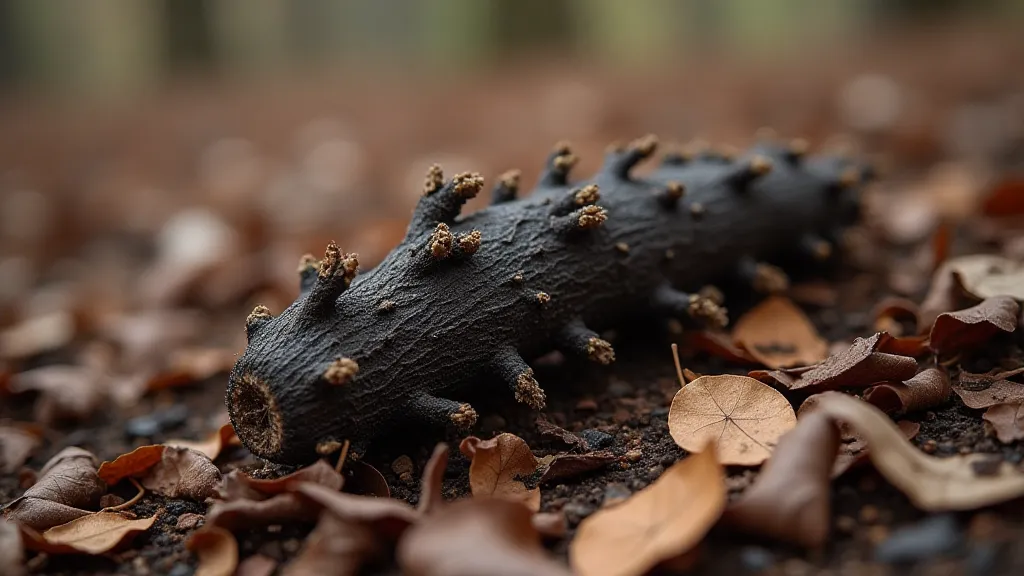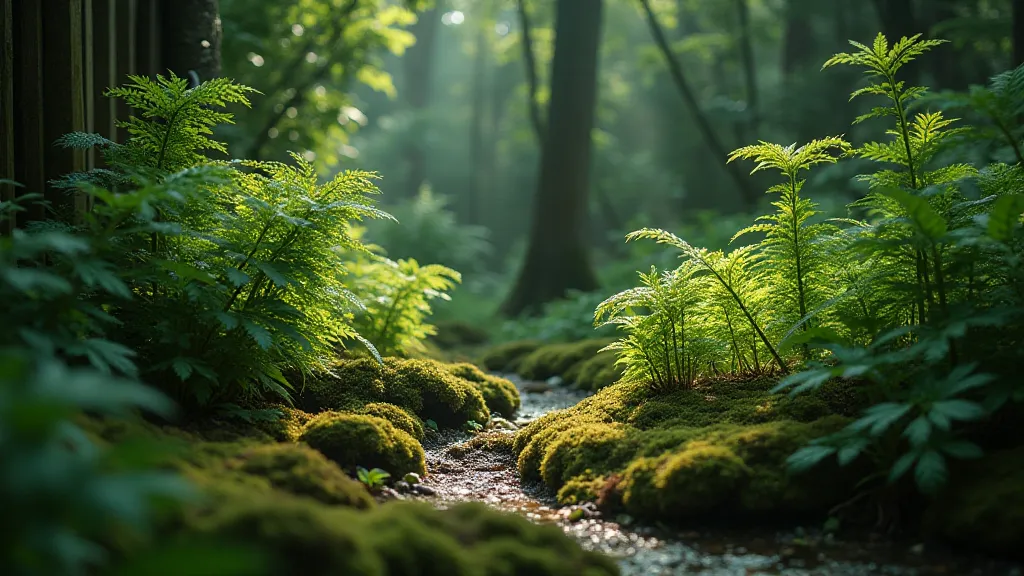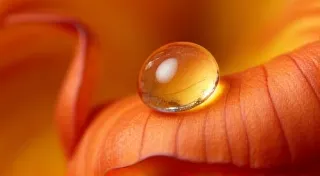Chronicles of the Shadow Garden: Cultivating the Elusive Black Cohosh
There's a certain melancholy beauty to shadows, isn't there? A depth, a stillness that speaks of forgotten stories and hidden lives. My own shadow garden, tucked away from the harshest sun, is a place of such secrets. It’s here, amidst the ferns and damp earth, that I’m attempting to coax the elusive Black Cohosh (Actaea racemosa) to flourish. It’s a plant that embodies that shadowed beauty, a testament to the patient dance between gardener and nature.
The story of my interest in Black Cohosh isn’t straightforward. It began not with botany, but with an antique accordion. My grandfather, a taciturn man of the old school, had one – a Hohner Majestic, its bellows cracked and faded, its keys stubbornly silent. He’s gone now, but the accordion remains, a tangible link to his quiet strength. Restoring it, painstakingly cleaning each key, oiling the worn leather, felt like unlocking a lost melody. It instilled in me a profound respect for craftsmanship, for the slow, deliberate process of reviving something beautiful and neglected. I realized that some things, the truly worthwhile things, require patience, a deep understanding of their nature, and a willingness to work with, rather than against, time.

Black Cohosh demands that same respect. It’s a shade-loving perennial native to eastern North America, once revered by Native American tribes for its medicinal properties – primarily used for women's health and musculoskeletal pain. Their knowledge, passed down through generations, underscores the plant's value and the wisdom of approaching it with reverence. To cultivate it successfully isn’t about domination, it’s about fostering a specific environment, mimicking the cool, moist woodlands it prefers. It’s a commitment, a promise to provide the conditions it requires to thrive. Many attempt to force it, to shove it into a sunnier spot or ignore its specific needs, and the results are often disappointing. Like an antique instrument, Black Cohosh responds best to those who understand its delicate balance.
Understanding Black Cohosh's Needs: More Than Just Shade
The “shade” everyone mentions is crucial, yes, but it’s more nuanced than just avoiding direct sunlight. Black Cohosh thrives in dappled shade, receiving filtered light throughout the day. Think beneath a mature maple or oak, where sunlight barely penetrates the canopy. It also requires consistently moist, well-drained soil rich in organic matter. This isn't a plant that likes to dry out, nor does it tolerate heavy clay. Amending the soil with plenty of compost and leaf mold is essential. I find that incorporating a layer of pine needles on the surface helps retain moisture and suppresses weeds, mimicking the forest floor it calls home.
Propagation can be achieved through seeds (although germination rates are often low and require stratification - a period of cold, moist storage – mimicking winter), division of established clumps, or, less commonly, cuttings. Division is the most reliable method for most home gardeners. The best time for division is in the spring or early fall, when the plant is actively growing but not under the stress of intense heat. Carefully separate the root ball into smaller clumps, ensuring each division has healthy roots and shoots. Replant immediately, keeping the soil consistently moist.
The Delicate Dance of Harvesting & Sustainability
Harvesting Black Cohosh requires even greater care. The root is the primary part used medicinally, and its extraction should be approached with sustainability in mind. Black Cohosh is slow-growing and can take several years to reach maturity. Over-harvesting can decimate wild populations and disrupt ecosystems. If you’re sourcing from the wild – a practice I strongly discourage unless you possess deep ecological understanding and permission – only take a small portion of the root from established plants, leaving the majority intact to regenerate. Better still, cultivate your own, ensuring a continuous supply without impacting wild resources.
When harvesting for medicinal use, the timing is also important. The root is typically harvested in the fall, after the plant has completed its cycle of growth and reproduction. Dig carefully, minimizing disturbance to the surrounding soil. Thoroughly clean the root and dry it slowly in a well-ventilated area away from direct sunlight. Proper drying is essential to prevent mold and preserve the plant's active compounds.

The Resonant Silence of Patience
Cultivating Black Cohosh isn’t about instant gratification. It’s a long-term project, a slow and steady commitment to creating the right conditions and respecting the plant’s natural rhythm. There's a quiet satisfaction in tending to something that demands patience, in witnessing its slow, deliberate growth. It's similar to the meticulous restoration of that antique accordion, cleaning each key, oiling the leather, gradually bringing it back to life. The music it eventually plays will be richer, more resonant, precisely because of the care and dedication invested in its revival.
Sometimes, when I’m tending to my shadow garden, I think about my grandfather and his accordion. He didn’t talk much, but I know he understood the value of craftsmanship, the importance of respecting the materials in your hands, and the power of quiet persistence. Black Cohosh, with its need for shade, moisture, and patience, echoes that same lesson. It’s a reminder that the most beautiful and rewarding things in life are often those that require the most effort, understanding, and a deep appreciation for the shadows where they flourish.
The faint, almost imperceptible fragrance that rises from the damp earth where the Black Cohosh thrives is a constant reminder of the interconnectedness of things - the soil, the shade, the plant, and the quiet wisdom passed down through generations. It’s a silent symphony, a testament to the enduring power of patience and respect in the garden, and in life.





